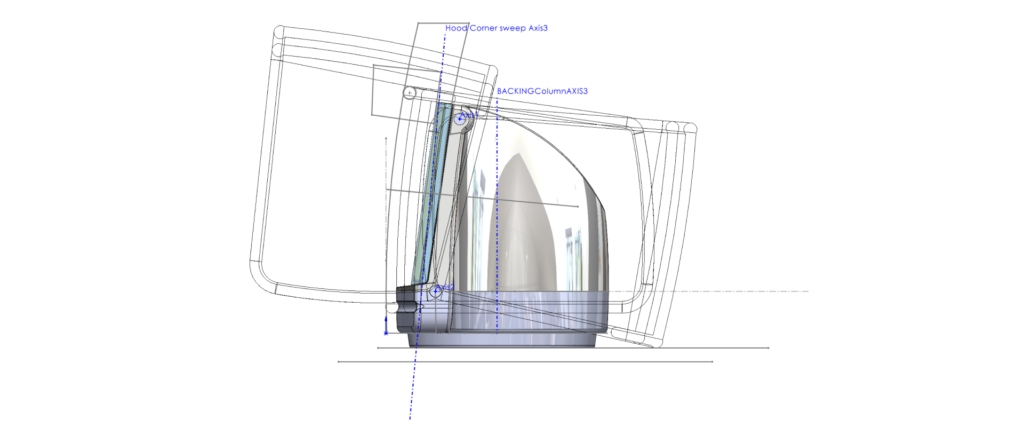Article
Hardware Engineering Terms: Part 2

Hardware engineering brings together concepts from electrical, mechanical, and computer engineering to create powerful engineering solutions.
Whereas the first post in this series covered general engineering workflow concepts, this post provides a deeper look into common terminology associated with different engineering disciplines.
Electrical Engineering
Voltage vs. Current vs. Power: In relation to electricity, voltage is the cause, and the current is the effect. The voltage is the difference between two charge potentials, and as a result of this difference, the current flows between them. Power (measured in Watts) is a measurement of the energy generated by the flow of current. (More from All About Circuits)
Conductor: A material that carries electrical current. Typically, conductors are made from metal and used to move electricity from the battery’s electrode to its terminal. For example, copper wire is used to carry current from a power source to a device. A circuit board conducts electricity between various components on metal tracks made of copper. (More from NDT Resource Center)
Insulator: A material that does not allow for easy flow of electrons. Insulators are often used around conductors to protect humans from high voltage exposure. Circuit board material, capacitors, and wire coverings all use insulating material. (More from NDT Resource Center)
Active(s): Components of electrical systems that can manipulate the voltages or current flowing through them. (More from Wikipedia)
Transistors: Semiconductors used to amplify and/or divert current from one conductor to another. (More from Wikipedia)
Circuits: A system of connected electrical components through which electrical current can flow. (More from Wikipedia)
Amplifier: An electrical device used to increase the intensity of a current or voltage. (More from Wikipedia)
IC (Integrated Circuits): A series of tiny electrical circuits integrated onto a common semiconductor material, resulting in compact, cost-efficient circuits with fast performance.
Passives: Components of electrical systems that do not require an energy source. They are used for storing or dissipating energy. (More from Electronics Tutorials)
Capacitor: Stores energy and is used in stabilizing power supplies and analog circuit functions.
Inductor: A coil of wire that is wound around an iron core that links electric currents and magnetic fields. A common use of this concept is within sensors. For example, inductive sensors are used to detect traffic patterns and adjust the signal based on this analysis. Motors, transformers, and energy storage devices also take advantage of the inductor’s magnetic field connection. (More from LifeWire)
Resistor: Used to control the amount of electrical charge (or current) that flows within an electric circuit. In the water in a pipe analogy, this device would control how much water (current) is moving through the tube. (More from WhatIs)
Transformers: A device that uses induction to transfer current between circuits. (More from Wikipedia)
Mechanical Engineering
Hydraulics: The use of pressurized liquids to generate or control power in a mechanical system. (More from Wikipedia)
Machining: The process of removing material from a product still being developed. This could be through cutting, applying abrasions, or using electric or chemical energy.
Pneumatics: The use of gas or pressurized air to generate power in a mechanical system. (More from Wikipedia)
Thermal ME (Mechanical Engineering): An engineering discipline that uses the principles of heat movement through objects to create mechanical engineering solutions. (More from Educating Engineers)
Computer Engineering
CPU (Central Processing Unit): Manages logical operations and the flow of data within a computer. Sometimes just called “processor.” CPUs process instructions and are responsible for running operating systems and applications running on the computer. (More from Technopedia)
State Machine: A functional implementation of a state or sequence based plan of action. In a state machine model, the machine can have a finite number of “states” and switch between them depending on the input received and a set of pre-planned outcomes. In the case of machine learning, the planned outcomes of a state machine can be changed based on optimization rules. (More from Wikipedia)
Programmable Logic: A device programmed using a hardware description language (e.g. Verilog or VHDL or in some cases even C); used to create instant ASIC-like behavior in an electronic system. (More from Coursera)









